I have previously avoided going too much into the scholarly side of anything whilst creating this Blog. It is my intent to create information that can be accessible to anyone. There are some specifics that cannot be avoided when discussing the medicinal qualities of plants but they are necessary and I have included information that may be beyond some but will be relevant to those interested in such. This also goes (although to a much lesser degree) to the recipes included in my Blog. Cooking is a skill we don’t all possess.
The specifics of botany is however something that up until now I have avoided. The knowledge is very particular, it contains its own language which can be quite confusing and is not particularly relevant (except when identifying a specific plant and I reiterate once again If you do not already know the plant with 100% certainty DO NOT USE IT)
I have below quoted an exact description of papaloquelite as published in the “Monograph of the Plant Genus Porophyllum (Compositae: Helenieae)” by R. Roy Johnson (1969). This description is filled with language that only its adherents will readily identify. I have attached meanings to particular descriptive words (many of which are gobbledegook to me). This is just an example of why I do not include overly botanical information.
Porophyllum ruderale (Jacq.) Cass. subsp. macrocephalum (DC.) R. R.Johnson, comb. nov.
Annual, erect, glabrous (1), somewhat glaucous (2) stems branching above, 1.5-10 dm (3) high, green to purplish, terete (4), striate (5);
* leaves opposite or alternate (image 1), blades 1-3.5 cm long, up to 2.5 cm wide, thin, broadly ovate to obovate (image 2), rarely widely lanceolate (image 3) or oblanceolate (image 4), sinuate (image 5) with one gland in each sinus and one at the apex (image 6), surfaces of the blades with or without glands, apex rounded (image 6a), base usually rounded (image 7), sometimes attenuate (image 7a);
*petioles (6) 0.5-2 cm long; heads solitary at the ends of branches;
*peduncles (7) erect; clavate (8) (image 12)(image 12a), .5-6.4 long;
*phyllaries (9) 5, green, purple tinged, 17-23 mm long, 2.5-3.7 mm wide, linear with 2 rows of linear glands, apex obtuse (image 9) or acute (image 9a), rarely acuminate (image 9b); flowers 30 or more;
*corolla (10) 9.2-12.4 mm long, puberulent (11), purple to olive-green, slender tube several times longer than the funnelform (12) throat;
*pappus (13) 6.7-9.7 mm long, straw-coloured to brown, bristles scabrescent (14);
*achenes (15) 9.3-12.4 mm long, hispidulous (16).
- (chiefly of the skin or a leaf) free from hair or down; smooth.
- of a dull greyish-green or blue colour : covered with a powdery bloom like that on grapes.
- dm=decimetre. 1 decimetre = 10cm (so 10dm = 100cm = 1 metre) 100cm = 39.4 inches = 1.09 yards
- cylindrical or slightly tapering, and without substantial furrows or ridges.
- striation – fine line, ridge, groove, or streaks of colour, something with striations is said to be striate
- The petiole is a stalk that attaches a leaf to the plant stem
- a stalk supporting an inflorescence, which is the part of the shoot of seed plants where flowers are formed in the flower (or basically – the flower stalk)
- club shaped, from Latin, clava = club, A stout heavy stick, usually thicker at one end, suitable for use as a weapon; a cudgel : Elongated, narrowing toward the base and gradually thickened or expanded toward the apex.
- In botanical terminology, a phyllary, also known an involucral bract or tegule, is a single bract of the involucre of a composite flower. The involucre is the grouping of bracts together. Phyllaries are reduced leaf-like structures that form one or more whorls immediately below a flower head. Whew! Easier to just check the picture (image 8)
- Petals are modified leaves that surround the reproductive parts of flowers. Together, all of the petals of a flower are called a corolla.
- covered with fine soft hairs or down.
- Referring to a corolla that is funnel-shaped or trumpet-shaped; a fused corolla that broadens from base to apex.
- The pappus is the modified calyx, the part of an individual floret, that surrounds the base of the corolla tube in flower heads of the plant family Asteraceae. The Asteraceae pappus may be composed of bristles (sometimes feathery), awns, scales, or may be absent. (again, Whew! See image 10. The best example of pappus is the fluff on a dandelion seed head)
- having small raised dots, scales, or points
- a small, dry one-seeded fruit that does not open to release the seed. (See image 11)
- covered with stiff, short hairs.
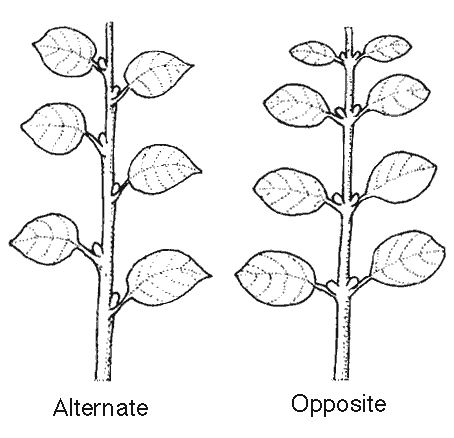
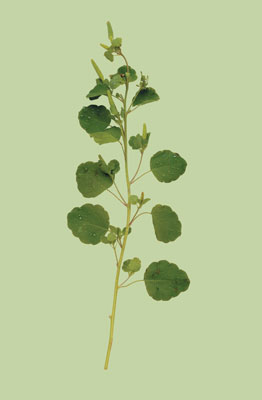
Alternate 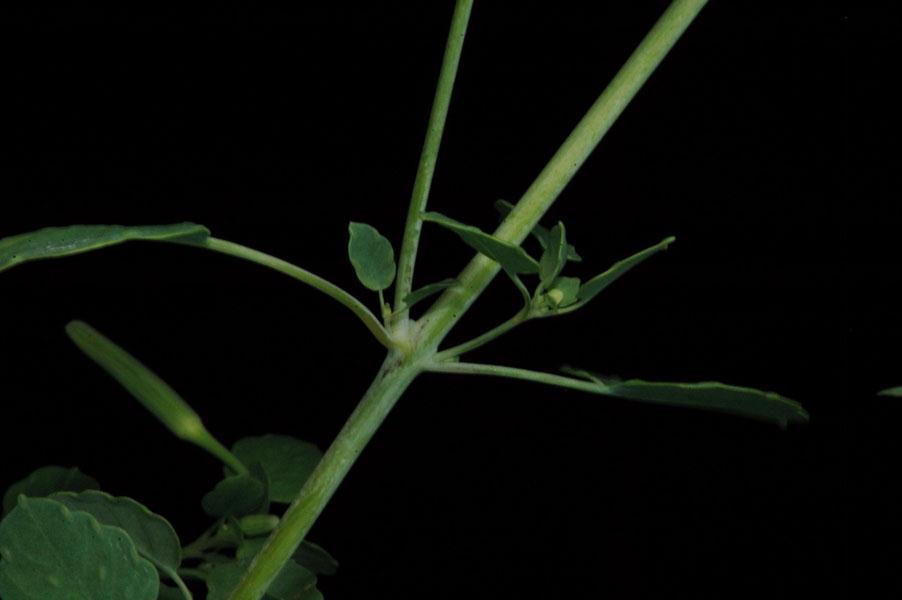
Opposite
Above : Alternate and Opposite leaf formation in P.macroceplalum.
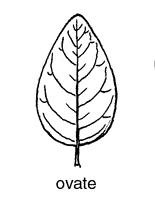
Image 2 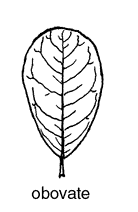
Image 2 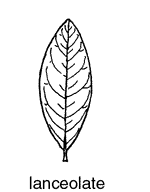
Image 3
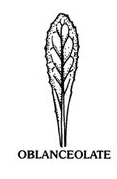
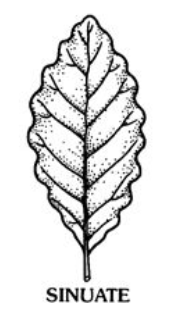
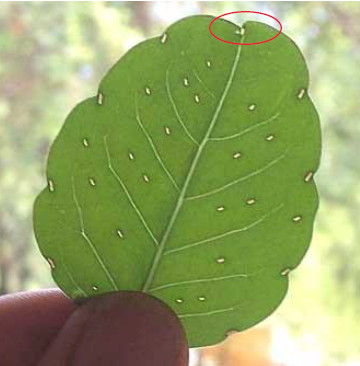
Porophyllum macrocephalum leaf showing glands at sinuses of leaf
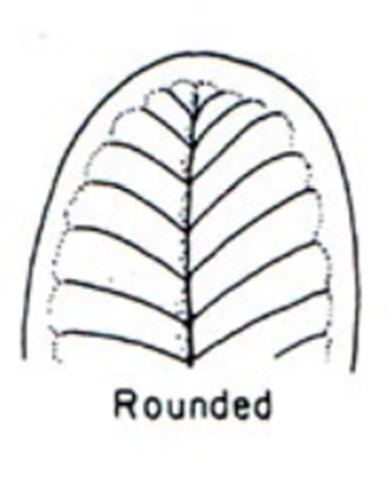
Image 6a 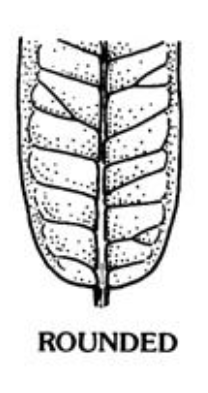
Image 7 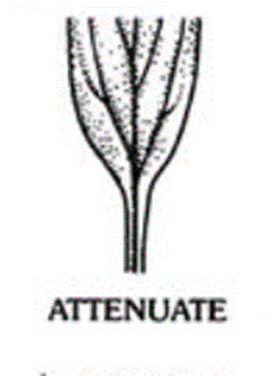
Image 7a
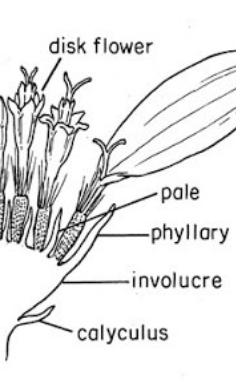

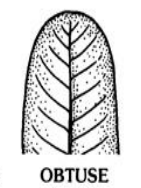
Image 9 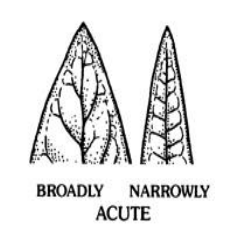
Image 9a
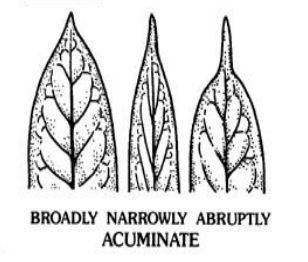
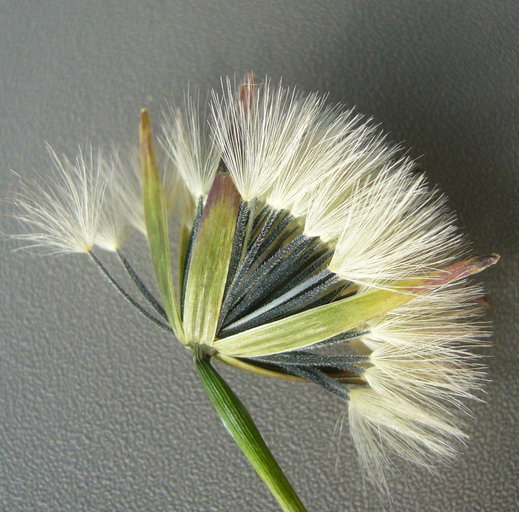
Pappus of Porophyllum ruderale
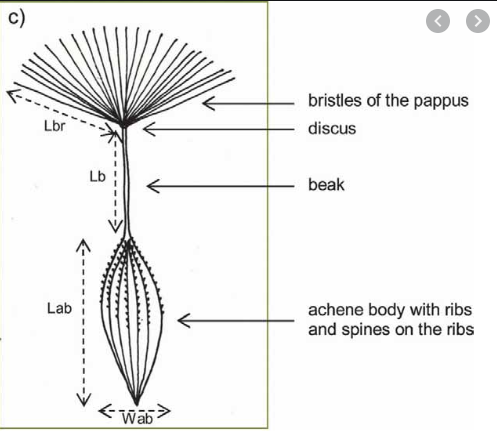
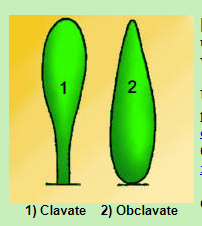
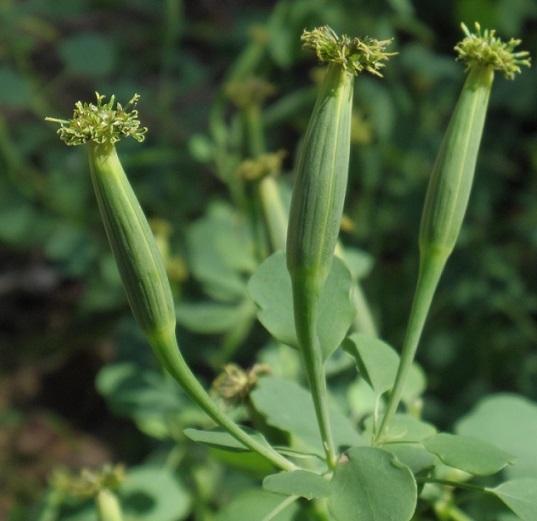
“club shaped” P.macrocephalum peduncles
The story for Quillquina (Porophyllum ruderale) is equally as tortuous.
“Stout, malodorous (1), tap-rooted, annual herbs; stems erect, 0.15-1.5 m tall, often much branched above, terete, striate, leafy, green or purplish, often glaucous, glabrous. Leaves opposite or alternate, slender-petiolate, simple, ovate, elliptical or obovate, cuneate, crisped-undulate or crenate, pinnately veined, glabrous, often glaucous, punctate with conspicuous, crescent-shaped or oblong marginal oil glands and sometimes with additional scattered glands. Inflorescence corymbi- form; peduncles 3-5 cm long, terminating leafy branches, glabrous, often glaucous. Heads discoid; involucres cylindric at anthesis, 13-22 mm long, 5-10 mm diam., the bracts 5, linear-oblong, acute, flat, glabrous, glaucous, streaked with elongate glands, the margin thin, hyaline; florets 30-60, the corollas greenish to purplish, 10-13 mm long, sparsely puberulent, the tube slender, 8-10 mm long, the throat short, abruptly expanded, equally Slobed, the anthers 1.5-2 mm long with short acute to acuminate, rhombic appendages, the style branches long, slender, curved. Achenes cylindric, black or brownish, densely hispidulous, 7-12 mm long; carpopodium conspicuous; pappus of many slender, scabrid, tawny bristles 7-11 mm long.”
Have at it.
- Heh heh, this always makes me chuckle. Malodorous. Pfft, probably hates coriander too.

